Lice eggs on a paper towel appear as small, oval-shaped, whitish, or yellowish structures attached to the fibers. These eggs, also known as nits, are typically about the size of a pinhead and have a glue-like substance that secures them to the towel.
Lice eggs can be a concern, and it is important to be able to identify them for effective lice removal. Suteratowel. com provides valuable information on what lice eggs look like on paper towels and offers insights into dealing with them.
We will explore the appearance and characteristics of lice eggs on paper towels, helping you better understand the signs of a lice infestation and how to address it promptly. Keeping this knowledge handy can assist in preventing the spread of lice and ensuring proper hygiene. So, let’s delve into the details of lice eggs on paper towels and gain useful knowledge to combat these unwelcome pests effectively.
- 1 Understanding The Life Cycle Of Lice
- 2 Unveiling The Truth: Can Lice Eggs Be Found On Paper Towel?
- 3 Characteristics Of Lice Eggs
- 4 Visual Guide: Identify Lice Eggs on Paper Towels?
- 5 Effective Methods For Disposing Of Lice Eggs
- 6 Preventing Lice Eggs On Paper Towel In The First Place
- 7 Frequently Asked Questions For Identify Lice Eggs on Paper Towels
- 8 Conclusion
Understanding The Life Cycle Of Lice
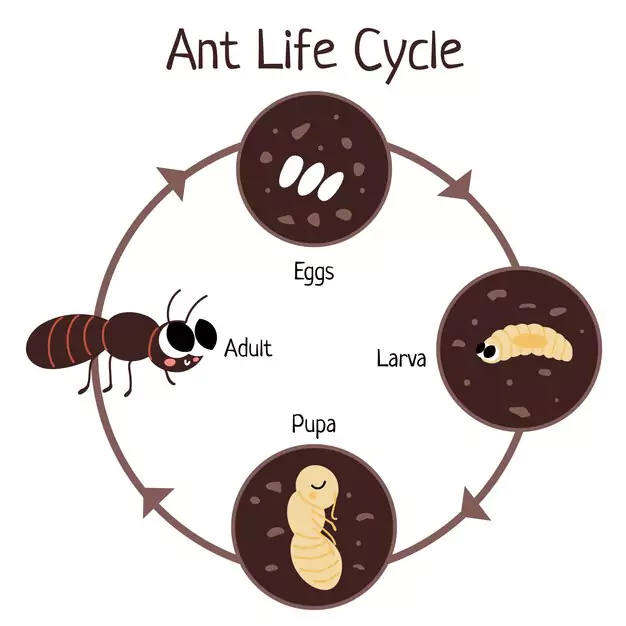
Examining the different stages of lice development
Lice infestations can be a common nuisance, especially among young children. Understanding the life cycle of lice is crucial in effectively dealing with them. Lice go through three main stages of development: egg, nymph, and adult; each stage serves a specific purpose in the lice life cycle.
How lice eggs are formed and their characteristics
The first stage of the lice life cycle is the egg stage. Lice eggs, also known as nits, are small, oval-shaped structures that are firmly attached to the hair shafts, usually near the scalp. They are about the size of a pinhead and are often mistaken for dandruff or debris. However, unlike dandruff, lice eggs cannot be easily brushed off.
These tiny eggs are typically yellowish or tan in color, allowing them to blend in with the hair. They have a hard shell that protects the developing nymph inside. It takes around 6 to 9 days for the eggs to hatch, and during this time, they remain firmly attached to the hair.
Characteristics of lice eggs:
- Small and oval-shaped
- Attached to the hair shaft near the scalp
- Yellowish or tan in color
- Cannot be easily brushed off
- Have a hard protective shell
Identifying lice eggs is crucial in preventing the infestation from spreading further. Regularly checking for lice eggs and taking appropriate measures at the first sign of infestation can help prevent it from becoming a more challenging problem.
Understanding the life cycle of lice, from the formation of eggs to the development of nymphs and adults, can aid in effectively combatting lice infestations. By taking the necessary steps to eliminate lice at their various stages of development, you can ensure a lice-free environment and eliminate the discomfort and embarrassment associated with lice infestations.
So, if you find yourself asking, “What do lice eggs look like on a paper towel?”, it’s essential to first understand the life cycle of lice and how the eggs are formed. By recognizing and taking appropriate action, you can effectively deal with lice infestations and restore peace of mind.
Unveiling The Truth: Can Lice Eggs Be Found On Paper Towel?
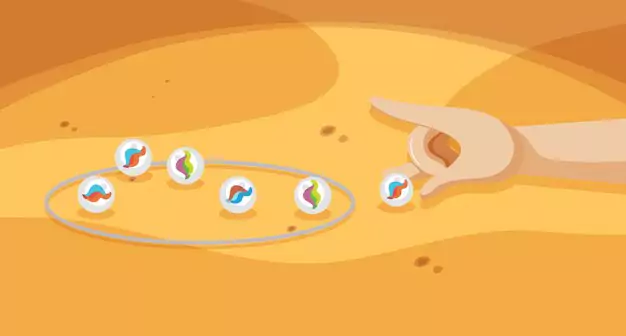
As a parent or guardian of school-going children, the thought of lice infestation can send shivers down your spine. Not only are these tiny insects annoying, but their eggs, known as nits, can be equally troublesome to deal with. You may have heard rumors or myths about lice eggs being found on various surfaces, including paper towels. In this blog post, we aim to uncover the truth about whether lice eggs can indeed be found on paper towels. Let’s delve into this topic and separate fact from fiction.
<Factors that contribute to lice eggs ending up on paper towel>
While it is highly unlikely to find lice eggs on paper towels, some factors could contribute to this possibility. Here are a few reasons why lice eggs may occasionally be found on paper towels:
- Transfer from infested hair: If a person with lice-infested hair comes into contact with a paper towel, there is a slight chance that some eggs could get transferred.
- Contamination during disposal: If an infested hair strand with eggs happens to come into contact with a discarded paper towel, the eggs could potentially get trapped.
- Unhygienic storage: Improper storage of paper towels in unclean and infested areas could lead to lice eggs contaminating the paper.
While these factors offer a glimpse into the possibility of lice eggs ending up on paper towels, it is crucial to understand that the likelihood is low, and the primary mode of lice transmission remains direct hair-to-hair contact.
Common misconceptions about lice eggs on paper towel
There are several misconceptions surrounding lice eggs on paper towels. Let’s debunk some of these myths:
- Myth: Lice eggs can thrive and hatch on paper towels: Lice eggs require specific conditions, such as warmth and moisture, to hatch. Paper towel is an unsuitable environment for egg incubation.
- Myth: Paper towels can transmit lice eggs: While lice eggs can sometimes be found on paper towels, the chances of transmission are extremely low. Direct hair-to-hair contact remains the primary mode of lice infestation.
- Myth: Lice eggs can survive on paper towels for an extended period: Lice eggs are highly dependent on their host for survival. Once detached from the hair strand, the eggs have a very short lifespan and are unlikely to remain viable on paper towels.
It is important to dispel these misconceptions and focus on adopting preventive measures such as regular head checks, proper hygiene practices, and thorough cleaning of personal belongings to minimize the chances of lice infestation.
In conclusion, while it is technically possible to find lice eggs on paper towels, the likelihood is very low. Understanding the factors that contribute to this possibility and debunking common misconceptions can help us separate fact from fiction. By focusing on effective preventive measures, we can keep lice infestations at bay and ensure a happy, healthy environment for our loved ones.
Characteristics Of Lice Eggs
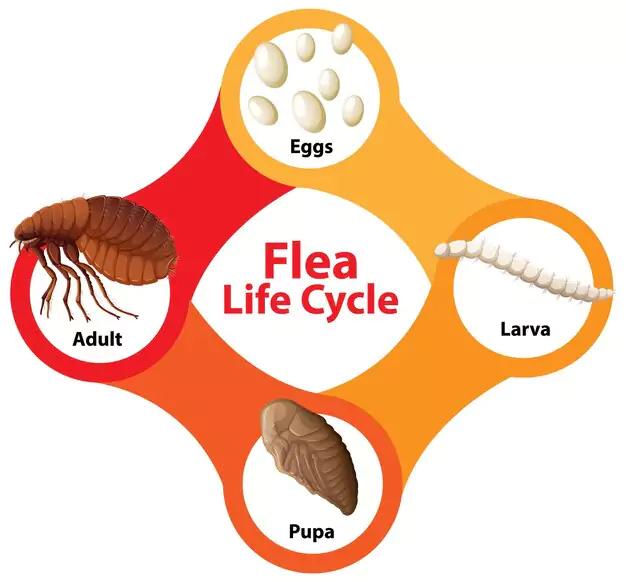
When it comes to dealing with lice infestations, one of the key aspects is identifying lice eggs. These tiny eggs, also known as nits, are attached to the shafts of hair and can easily be mistaken for other debris on a paper towel. Differentiating lice eggs from other debris is crucial in order to effectively combat the infestation. Understanding the size, shape, and color of lice eggs can help in accurate identification, enabling prompt treatment and prevention.
Differentiating lice eggs from other debris on paper towel
Lice eggs are often mistaken for dandruff or other small particles commonly found on a paper towel. However, there are some key factors that can help differentiate lice eggs from other debris:
- Attachment: Unlike dandruff or other particles that loosely rest on the surface of a paper towel, lice eggs are firmly attached to the hair shaft. They are difficult to remove by simply brushing or shaking the hair.
- Uniformity: Lice eggs are usually found in clusters and have a uniform appearance. They are typically laid close to the scalp and can be visible as small oval-shaped structures.
- Nit Comb: Using a fine-toothed nit comb can help in distinguishing lice eggs from other debris. The comb can catch the eggs and pull them out easily, separating them from other particles.
Size, shape, and color of lice eggs
The size, shape, and color of lice eggs can also aid in their identification:
| Aspect | Characteristics |
|---|---|
| Size | Lice eggs are very small, measuring around 0.8-0.9 mm in length. They are about the size of a poppy seed or a grain of sand. Their small size makes them difficult to identify without close inspection. |
| Shape | Lice eggs have a distinct oval shape, resembling a tiny teardrop. They are elongated and narrow at one end, tapering to a slightly rounded tip at the other end. The shape of the eggs contributes to their attachment to the hair shaft. |
| Color | The color of lice eggs can vary. When freshly laid, they appear translucent to white. As they mature, the color may shift to yellowish or brownish. The color change is an indicator of the growth and development of the lice inside the eggs. |
By understanding the characteristics of lice eggs, you can distinguish them from other debris on a paper towel and take appropriate actions to eliminate the infestation. Prompt identification and treatment can help prevent the spread of lice and ensure a healthier environment.
Visual Guide: Identify Lice Eggs on Paper Towels?
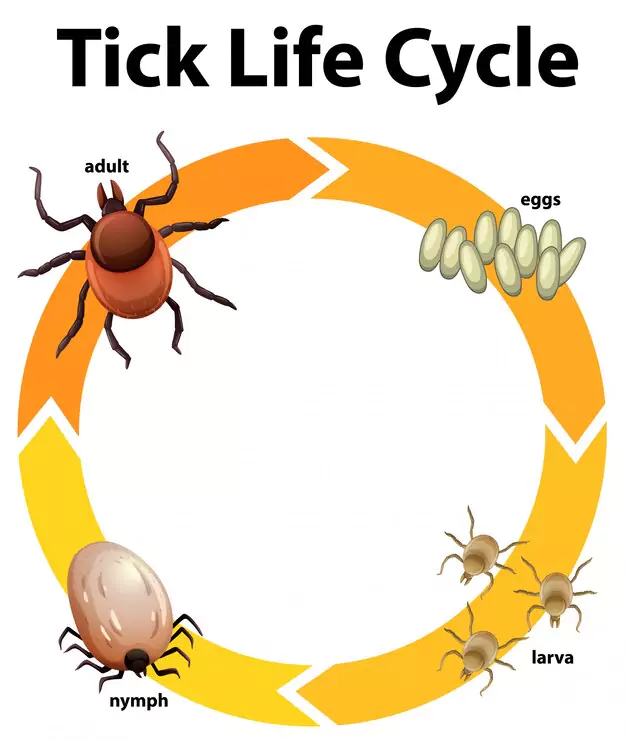
When it comes to dealing with lice, it’s essential to be able to identify their eggs accurately. Lice eggs, also known as nits, can easily go unnoticed, making it difficult to effectively treat an infestation. In this visual guide, we will provide you with a detailed description and visual representation of what lice eggs look like on a paper towel. By understanding their appearance and characteristics, you’ll be better equipped to identify and eliminate these pesky parasites.
Detailed description and visual representation
Lice eggs are tiny, oval-shaped structures that are firmly attached to the hair shaft. These eggs are usually brown or yellowish in color. They may appear to be translucent when freshly laid, but as they mature, they become darker in hue. Lice eggs are incredibly small, almost resembling dandruff or grains of sand. However, unlike dandruff, lice eggs are firmly attached to the hair shaft and cannot be easily brushed off.
When inspecting a paper towel for lice eggs, it’s important to look for small, oblong objects attached to the fibers. These objects are usually no larger than the size of a pinhead. Visual representation can be helpful in understanding what to look for. Refer to the image below for a better understanding of lice eggs on a paper towel:
Tips for identifying lice eggs effectively
Identifying lice eggs can be a challenging task, but with the right techniques, you can do it effectively. Here are some tips to help you identify lice eggs on a paper towel:
- Use a magnifying glass to get a closer look at the eggs. This will help you see the tiny details and distinguish lice eggs from other debris.
- Pay attention to the color and shape of the eggs. Lice eggs are usually brown or yellowish and have an oval shape.
- Check for eggs in clusters or rows. Lice often lay their eggs in groups, attaching them close to the scalp.
- Look for eggs that are firmly attached to the paper towel. If they can be easily brushed off, they are likely not lice eggs.
- Compare the objects you find to the image provided above. This will give you a better idea of what lice eggs look like on a paper towel.
By following these tips, you can effectively identify lice eggs, enabling you to take the necessary steps to eliminate the infestation and prevent further spread.
Effective Methods For Disposing Of Lice Eggs

Dealing with lice infestation can be a daunting process, especially when it comes to eliminating those sneaky lice eggs. These tiny parasites attach themselves to hair strands and can cause constant itching and discomfort. To ensure a successful eradication, it is crucial to not only focus on killing adult lice but also effectively disposing of their eggs. In this article, we will explore proper disposal techniques to prevent reinfestation and introduce some products and methods that can help eliminate lice eggs effectively.
Proper disposal techniques to prevent re-infestation
When it comes to lice eggs, proper disposal is key to prevent re-infestation. These eggs, commonly known as nits, are attached to hair shafts near the scalp and can easily go unnoticed. Simply brushing or shaking off the hair may not be sufficient to get rid of them completely. To ensure you eliminate the risk of reinfestation, follow these proper disposal techniques:
- Carefully comb and remove lice eggs: Using a fine-toothed nit comb, carefully comb through the infested hair strand by strand. Remove any lice eggs that are present on the comb and place them in a sealable plastic bag.
- Seal the infested items: Whether it’s a hairbrush, hair accessories, or clothing items, make sure to seal them in a plastic bag or airtight container. This prevents any lice eggs from falling off and finding their way back to the hair or scalp.
- Dispose of infested items properly: Once you have sealed the infested items, it’s important to dispose of them properly. Double-bag the items and throw them away in a trash bin outside your home. This ensures that any remaining lice eggs are completely removed from your living space.
Products and methods to help eliminate lice eggs
To effectively eliminate lice eggs, there are various products and methods available that can aid in the process. These products work by either suffocating the lice eggs or dissolving the glue that holds them onto the hair shaft. Here are some effective options:
| Products/Methods | Description |
|---|---|
| Pediculicides: | This type of product contains chemicals that can kill both adult lice and lice eggs. Look for a pediculicide that specifically mentions its effectiveness in eliminating eggs. |
| Natural remedies: | If you prefer natural alternatives, there are several home remedies that can help eliminate lice eggs. These include using tea tree oil, vinegar, or mayonnaise to suffocate the eggs. |
| Hot water washing: | Washing infested clothing, bedding, and other fabric items in hot water (at least 130°F or 54°C) can help kill lice eggs. Remember to seal these items in a plastic bag before laundering to prevent any eggs from spreading. |
By applying these disposal techniques and utilizing effective products or methods, you significantly increase your chances of completely eliminating lice eggs and preventing re-infestation. Remember, consistency and thoroughness are key when it comes to dealing with lice eggs. Stay proactive and follow the recommended guidelines to regain control of your hair and scalp health.
Preventing Lice Eggs On Paper Towel In The First Place
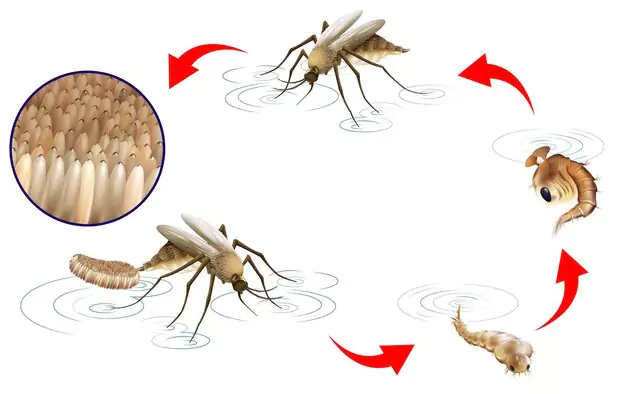
When it comes to maintaining a lice-free environment, it’s important to take proactive measures to prevent the presence of lice eggs on paper towels. Lice eggs, also known as nits, can easily be transferred from hair onto various surfaces including paper towels, which in turn can facilitate their spread.
Best practices for maintaining a lice-free environment
- Regularly inspect family members’ hair for signs of lice or nits. Conduct routine checks using a fine-toothed comb to carefully examine the scalp and hair strands.
- Encourage personal hygiene habits such as regular hair washing with lice-repellent shampoos. These shampoos contain natural ingredients that help deter lice from attaching to the hair.
- Teach family members to avoid sharing personal items such as combs, brushes, hats, and towels. Sharing these items can facilitate the transfer of lice eggs from one person to another.
- Wash bedding, towels, and clothing in hot water and dry them on high heat. The heat will effectively kill any lice or nits present, reducing the risk of re-infestation.
- Regularly vacuum upholstered furniture, rugs, and carpets to remove any potential lice or eggs that may have fallen off. Pay extra attention to areas where family members frequently rest or spend time.
How to minimize the risk of lice eggs on paper towel
To ensure lice eggs do not stay on paper towels, follow these simple steps:
- Store paper towels in a clean and lice-free area, away from places where lice infestation may occur, such as bedrooms or hairbrush storage areas.
- Use paper towel dispensers that provide a controlled release of individual towels. This helps minimize the chances of multiple people touching and potentially contaminating the towels with lice or eggs.
- Consider using disposable paper towels in public places, such as schools or gyms, where the risk of lice transmission may be higher. Disposable towels can be discarded after use, limiting the potential for lice eggs to spread.
In conclusion, taking preventive measures to minimize the risk of lice eggs on paper towels is essential for maintaining a lice-free environment. By implementing best practices and following the recommended guidelines, you can significantly reduce the chances of lice infestation and ensure the cleanliness and safety of your surroundings.
Frequently Asked Questions For Identify Lice Eggs on Paper Towels
What Do Lice Eggs Look Like On A Paper Towel?
Lice eggs on a paper towel appear as small, oval-shaped, and whitish particles. They are often attached to the fibers of the towel and can be easily detected.
Can You See Lice Nits On A Paper Towel?
Yes, lice nits can be visible on a paper towel.
What Do Lice Eggs Look Like Up Close?
Lice eggs, or nits, are tiny and oval-shaped. Up close, they appear as small dots, usually yellowish or translucent. They commonly attach themselves close to the scalp and resemble tiny grains of sand.
How Do You Identify Lice Eggs?
To identify lice eggs, closely inspect the hair for tiny, oval-shaped, whitish, or transparent eggs attached firmly to the hair shaft close to the scalp. These eggs are about the size of a pinhead and may appear as small, white dots.
Conclusion
To bring this discussion to an end, understanding what lice eggs look like on a paper towel is crucial in identifying and treating these pesky creatures. By recognizing their distinct characteristics, such as their small size, oval shape, and adherence to surfaces, you can effectively combat lice infestations.
Remember, regular removal of lice eggs and proper hygiene practices are crucial in preventing their spread and maintaining a clean environment. Stay informed and take action to protect yourself and your loved ones from these persistent nuisances.

